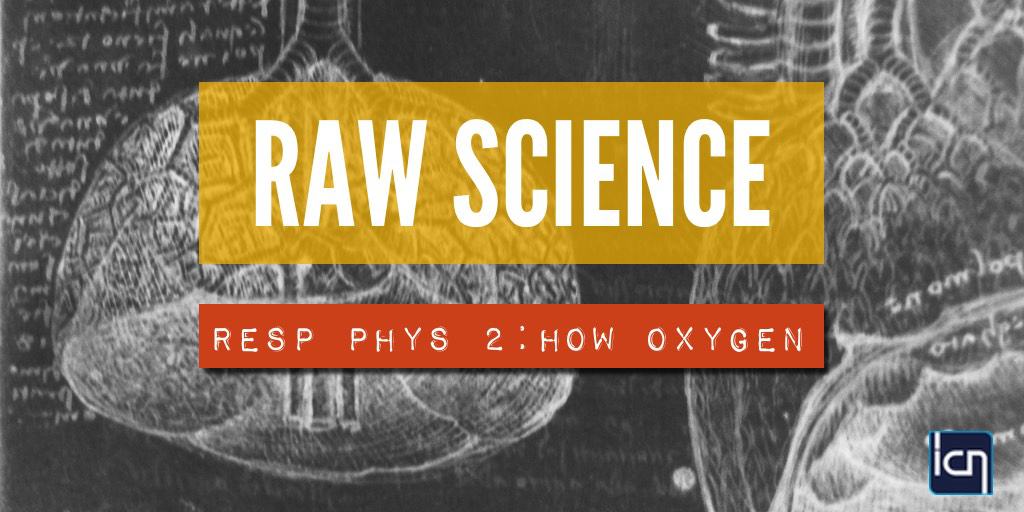Raw Science
Respiratory Physiology 2: How Oxygen?
– Otto Weininger
Welcome to the second podcast in the Basic Science Clinic Raw Science series. In our somewhat circuitous exploration of respiratory physiology we will complete the story of the promiscuously electronegative pharmaceutical gas oxygen.
In the first episode of this series we addressed the ‘why’ of oxygen, exploring its unique physicochemical properties to explain its onerous position as the foundational slab of our hierarchy of needs. Having traced our way from the presence of oxygen in the atmosphere to the ETC at a mitochondrial level, we now move to the ‘how’ of oxygen. In this second podcast we return to the atmosphere, examining the contributors to the gaseous composition, as both a signature and supporter of complex biology, and the morphological adaptations necessary to successfully interface with the atmosphere to harvest its oxygen content.
As always, we would love to hear feedback/corrections and are happy take requests for content of future podcasts.
Raw Science Factoids
- The size and consequent gravitational force of the inner rocky planets imposes relatively low escape velocities (on Earth it’s 11 km/s) meaning they are unable to retain the abundant, light elemental gases hydrogen and helium. Venus and the Earth are nearly the same size while Mars is less than half the size of Earth. Venus and Mars have atmospheres dominated by CO2. Earth, uniquely in our solar system, retains an atmosphere composed predominantly of N2 and O2.
- Earth formed 4.6 billion years ago from the gravitational accretion of a broiling mixture of interstellar gases and dust. At this stage it had almost no atmosphere and the surface was molten. As Earth cooled, an atmosphere formed mainly from gases spewed forth from active volcanoes.
- 7 billion years ago, blue-green cyanobacteria flourished in the Earth’s oceans. They made gaseous, or free, oxygen by the photolysis of water, utilising the abundant energy source of ubiquitous UV light.
- Until about 430 million years ago, most aerobic organisms lived in the ocean and exploiting oxygen dissolved in seawater. Terrestrial life then appears in the form of small plants and invertebrates that had evolved the ability to harness oxygen in the gas phase directly from the atmosphere.

























